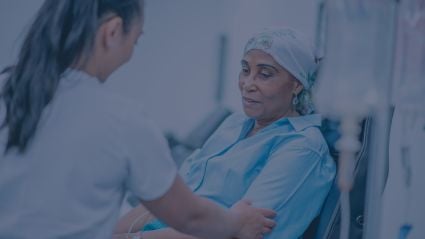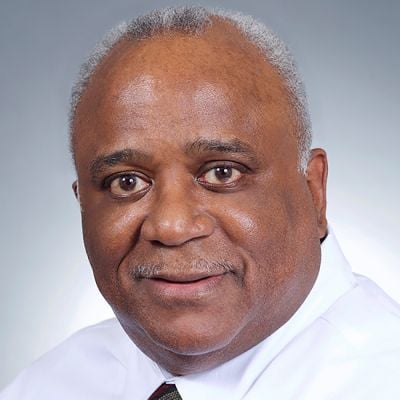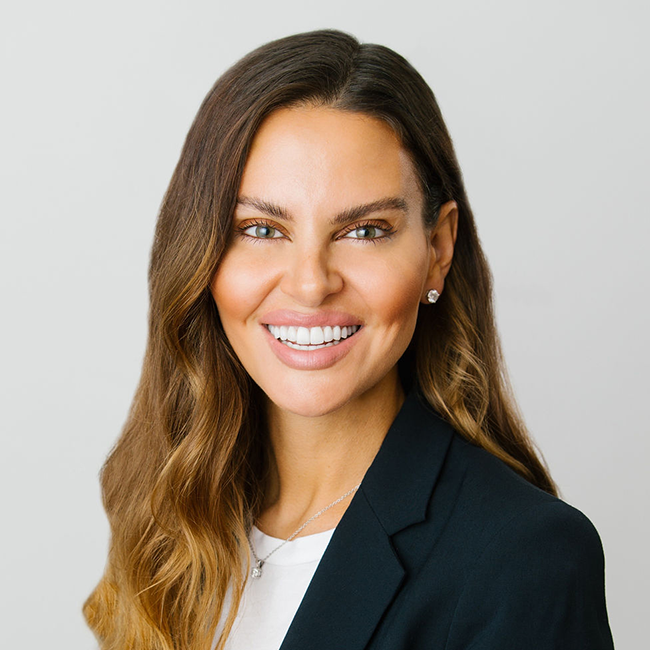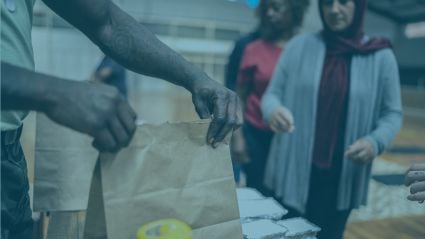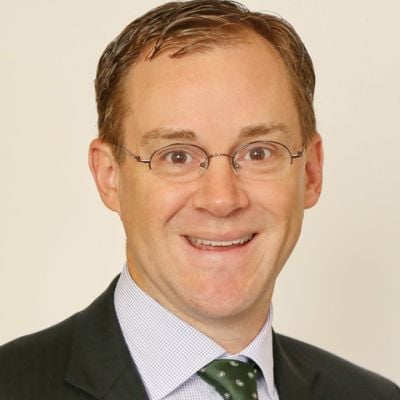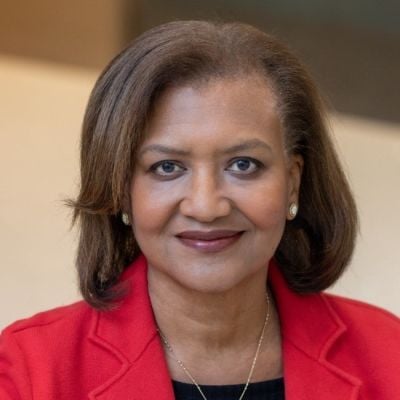
The COVID-19 pandemic illuminated several persistent problems that have plagued our communities for centuries: systemic and structural racism and classism, pernicious health inequities, weak public health infrastructure, a fractured health-care ecosystem, and increasing political and cultural tension. Within the health-care industry, the pandemic revealed what many have known for quite some time—the extent to which non-biological and non-clinical factors impact health outcomes, quality of life, and longevity. Many of us have been talking about the so-called social determinants of health (SDOH) for a few decades, but the concept has only been prioritized in health care recently.
With the epiphany that a lack of access to healthy food, safe housing, or reliable transportation directly increases individuals’ risk of adverse health outcomes has come billions of dollars in investments from health-care organizations, payors, private investors, philanthropy, and government agencies in programs and services to address the problem. While some entities organize their focus by geography or population, most of us default to talking about, and approaching our work through the lens of, individual “domains” of need like housing and food. We’ve all been trained to appreciate taxonomy-driven systems, and being able to select one or three domains of focus to prioritize and structure our work is helpful. If we can ask an individual if they’re struggling with a particular SDOH, we can address that by connecting them with relevant resources as we would prescribe a medication for a specific illness. But the categorization of “social needs,” particularly in health care, has created an opacity of trees through which too many of us with influence and resources can no longer see the forest.
We must be bolder and willing to leap beyond the status quo to uncover what truly moves the needle.
Most barriers to health and overall well-being that our neighbors face could just be mediated with more money. Like a four-year-old who asks “why” until an exasperated parent shouts, “because!”, the end of asking “why” repeatedly to why someone is without nutritious food or reliable transportation is “because they do not have enough money.” The amount of money to which an individual has access is directly tied to the quality and availability of basic needs like food, housing, and education, but we collectively spend too much time designing a plethora of ways to support people instead of focusing on simply getting them access to more money.
I have been encouraged the past few years to see so many organizations step into this space—from UpTogether and Springboard to Opportunities to Universal Basic Income (UBI) or Guaranteed Basic Income (GBI) pilots run by cities and nonprofits—there are more organizations than ever focusing on giving people money rather than designing complex programs. There is also great momentum amongst funders, like the Jain Family Institute and the Monarch Foundation, in funding more UBI/GBI and conditional cash transfer programs. But these small pilots are not enough, especially without a clear path towards scalability and sustainability.
Across our sectors, institutions and individuals in power need to focus on incorporating financial mobility and stability into all aspects of our programs, policy efforts, and funding portfolios. This means driving more investment in programs that increase access to financial education early in and throughout life. It also means designing and supporting programs that provide unrestricted cash and cash-equivalents to clients, not only structured as basic income, but to incentivize specific actions or compensate individuals for their time. It also means disrupting the narrative we’re carrying about how much is “too much” support for someone in need and fearing the ways a cash-forward program could be exploited by one person.
We know that people need healthier food and stable homes to be healthier, but we don’t know how much money is actually enough to achieve that desired outcome because we are too afraid of giving too much, so we provide people with $10 in produce vouchers or a pre-selected box of pantry items instead of a grocery store gift card. We make these same choices in programs that address all domains, from housing to childcare. But this is not how we test clinical treatments or medications. The only way to determine the ideal intervention dose is to provide a patient with too little and too much and study the result—we must do the same with our SDOH initiatives.
We must be bolder and willing to leap beyond the status quo to uncover what truly moves the needle. And we must remember that, ultimately, if the problem is that someone lacks enough money, the solution might be as simple as getting them access to more money.



